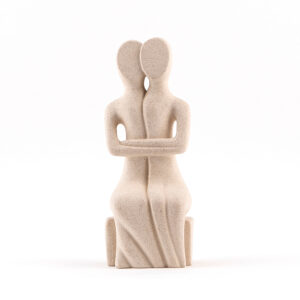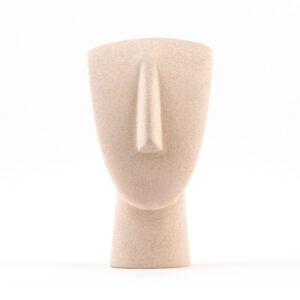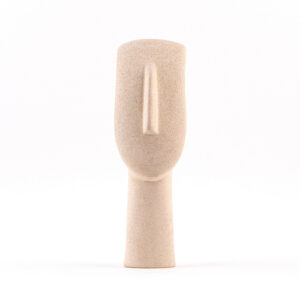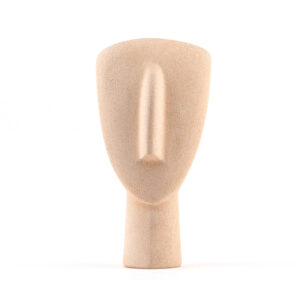
A few words about the Cycladic figurines, the famous statuettes of the ancient Cycladic art.
The Cyclades complex
The Cyclades are a cluster of islands in the centre of the Aegean Sea. The Ancient Greeks may have given this name to emphasize the importance of the small island of Delos. Delos is located in the centre of this cluster with the rest of the island creating a circle around it. This island was very important for the ancient Greeks and was associated with the sacred worship of the god Apollo. These islands, therefore, gave their name to one of the oldest civilisations in the Mediterranean, the so-called Cycladic civilisation, which developed during the Bronze Age, in the 3rd millennium BC.
The Cycladic civilisation
The mild climate, the privileged geographical position of the islands – as a crossroads between East and West – and the mineral wealth of some of them, were the reasons for the flourishing of the Cycladic civilisation. Almost all the islands of the Cyclades have ancient settlements of the Bronze Age.
It is believed that these settlements functioned independently. We have no evidence to suggest the existence of a central power structure that governed the Cyclades as a whole. However, this did not prevent the ancient Cycladists from dominating the Aegean with their ships, transporting products of wealth and knowledge between East and West. Navigation brought them into contact with Crete and mainland Greece and as successively stronger civilisations developed in these areas over time, the Cyclades inevitably succumbed first to the power of the Minoan and then the Mycenaean civilisations around 1450 BC.
The Cycladic figurines
The hallmark of the Cycladic civilization is the marble figurines – statuettes. The majority of them were found as funerary offerings in the cemeteries of the Cyclades. They are small works of art made of white marble from Paros or Naxos. They are characterized by a simple expression or in some cases rudimentary, but they have an exceptional aesthetic value. Cycladic artists tried to render the form of both sexes by sculpting basic lines of the most distinctive anatomical elements of the human body such as the head, nose, neck, torso and upper and lower limbs, while for women we see the attempt to render the female breast. Interestingly, the absence of the eyes and the position of the upper limbs, which usually 'tightly embrace' the figurine, are also interesting.
As far as the symbolism of the marble figurines is concerned, we can only speculate. The fact that we find them mainly in graves suggests that they are associated with the deceased either as personal objects or as accompaniments to his afterlife. It has been argued that they are "toys" of the deceased or symbolic substitutes for the deceased. While we cannot omit the possibility of their cultic use in connection with some unknown deity of the Cycladic civilization.
Discover more
Cycladic Art - Museum of Cycladic Art, Athens, Greece
Cycladic Figure - Ashmolean Museum, Oxford
Cycladic Sculpture - World History Encyclopedia
Early Cycladic Art and Culture - The Metropolitan Museum of Art, New York
The Early Bronze Age in the Cyclades (3200-2000 BC) - The Benaki Museum
The Ancient Cycladic civilization - Historical Adventure
more moments
Recent Posts
Selected items from our collection
Share this:
- Click to share on Twitter (Opens in new window)
- Click to share on Facebook (Opens in new window)
- Click to share on LinkedIn (Opens in new window)
- Click to share on Reddit (Opens in new window)
- Click to share on Tumblr (Opens in new window)
- Click to share on Pinterest (Opens in new window)
- Click to share on Pocket (Opens in new window)
- Click to share on Telegram (Opens in new window)
- Click to share on WhatsApp (Opens in new window)




